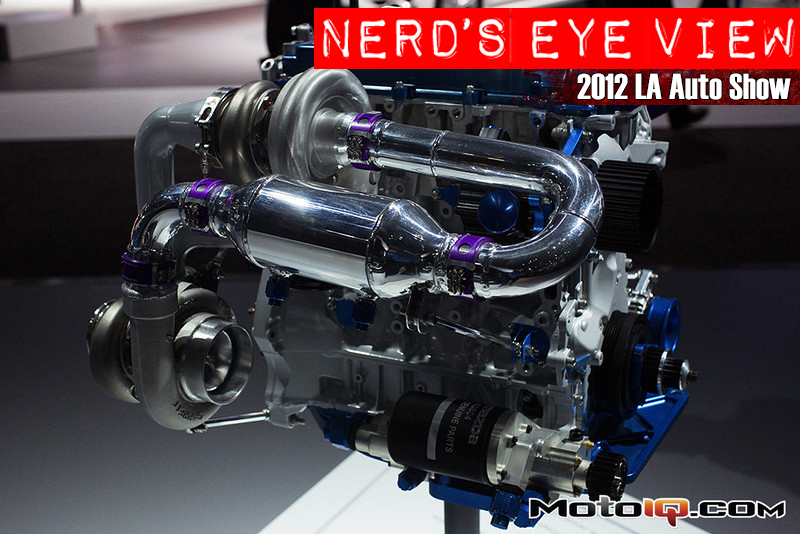,
 |
| This is the connection used to guide the exhaust from the SCR to the DPF. It appears the powertrain guys weren’t given much space by the chassis guys to work with! This diesel is not designed to make big power so I do not think it’s a big deal. |
 |
| This TDI uses an air-to-water intercooler slapped right onto the head. So I guess it’s basically the intake manifold too! The airflow path from the turbo to the intake ports doesn’t get much shorter than this. |
 |
| This engine is a 1.4L turbo gasoline used in the Jetta hybrid. The air goes from the air box, over the engine to the turbo, back to the front of the engine to an air-to-water intercooler , and into the intake ports. Again, there’s not really much in the way of an intake manifold as the intercooler seems to basically be the manifold. Or I suppose you can think of it as the intercooler being sandwiched into the middle of the intake manifold. |
 |
| The engineers were pretty smart about designing the intercooler/manifold. Air flows following the basic rules of physics with an important one being Newton’s first law which says stuff will want to go straight unless something turns it. So what did the engineers do? They put in a ramp which forces the air to turn upwards at the first part of the intercooler. If they didn’t put in this ramp, the air would want to continue straight and skip the first half of the intercooler reducing effectiveness. |
 |
| Looking at the backside of the engine, this turbo also appears to use an electric wastegate actuator. The downpipe looks to be double-walled stainless with a close-coupled cat. Double walled stainless with an air gap is really good at keeping heat in the exhaust which is essential for lighting off the cat on a cold-start reducing emissions. It’s similar to using double-pane window glass which uses an air gap between the two panes of glass to act as an insulator. |



